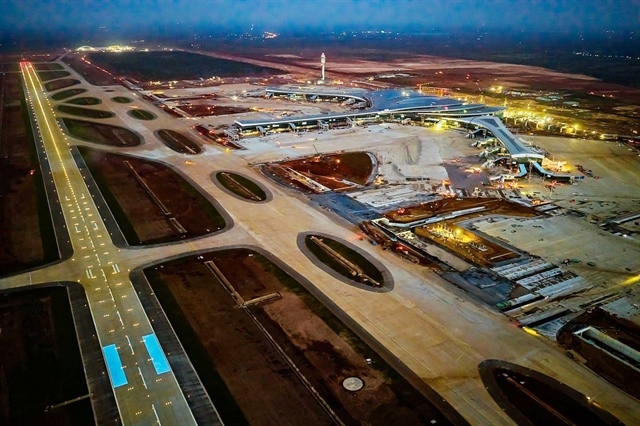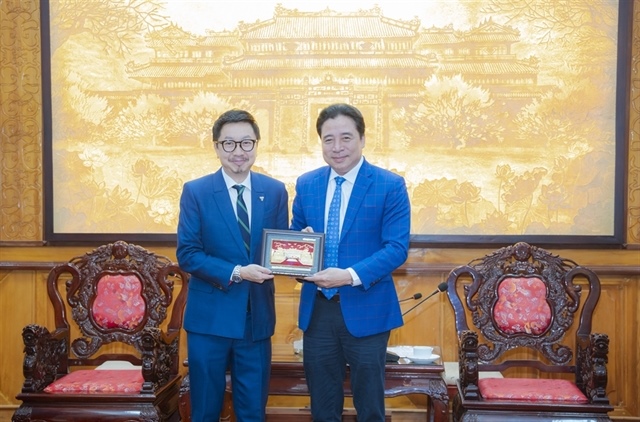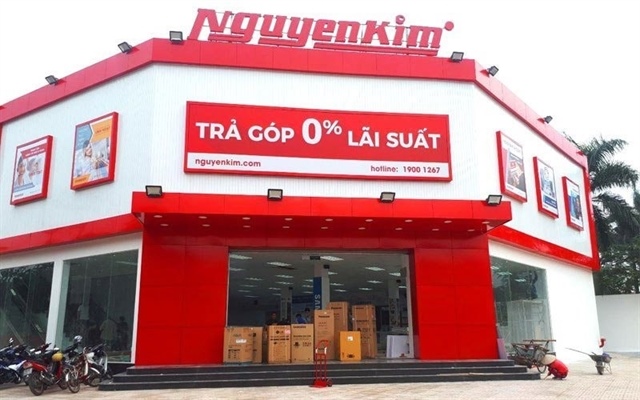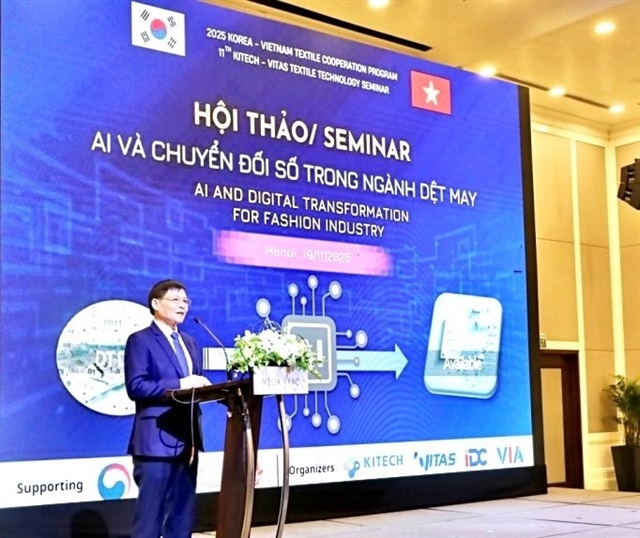The Dutch maritime connection
The Dutch maritime connection
The expertise and experience of the Dutch shipping industry will be made available to potential Vietnamese partners during a Dutch maritime mission to Vietnam from March 22-31. Pauline Eizema, deputy head of mission for the Embassy of the Netherlands in Vietnam, shared with VIR’s Hoang Anh some insights from the mission.
The Netherlands is known as one of the world’s most prestigious traders, a reputation rooted in one of the earliest developed maritime industries. What would you say is the most notable strength of the modern Dutch maritime industry?
The maritime industry in the Netherlands started in the 16th century, and had a peak when Dutch naval entrepreneurs operated the world’s largest fleet and established the world’s first multinational company. To this day, the country is still operating Europe’s largest inland shipping fleet, with world-leading manufacturers of high-end yachts and special vessels.
The maritime sector – and shipbuilding in particular – is highly competitive on a global scale. In order for the Dutch maritime sector to survive and stay a relevant player in this field, there has been a continuous drive to innovate, apply, and develop advanced technologies, and to develop niche markets and market specialisation. Currently the Netherlands caters for high-end markets with high value-added products and niche markets with special vessels.
The group of suppliers to the offshore [maritime] industry and specialised research-and-development institutes are key elements that allow for providing high levels of expertise, exceptional craftsmanship, and research-based innovation. The maritime cluster generates 3.5 per cent of the total GDP of the Netherlands. Around 12,000 maritime companies create $24 billion in added value, with employment amounting to some 265,000 jobs.
What have the Netherlands and Vietnam co-operated on so far?
Economic relations between Vietnam and the Netherlands go back a long way, during which ships and shipbuilding were always at the centre. Today, the Netherlands is Vietnam’s largest EU investor and second-largest EU trading partner. Our collaboration has a strong focus on agriculture and water, with strategic partnership arrangements between our governments on these topics. Other sectors include logistics and aviation, maritime, and port development.
In the maritime sector we have seen a strong partnership develop with Damen Shipyards starting its shipbuilding activities in Vietnam. Damen has strong engagements, with a Vietnamese shipyard as its joint venture partner and other Vietnamese shipyards as partners and suppliers.
The presence of Damen in Vietnam has attracted many Dutch suppliers to settle in Vietnam as well. This has resulted in a Dutch cluster of companies in Haiphong that is directly and indirectly related to the maritime sector.
What expectations do you have for this business mission in particular?
In this business mission we want the companies to experience Vietnam as an open economy that has a lot to offer to the Dutch. The favourable geographical position and the local know-how in shipbuilding can make Vietnam a regional hub for export. And therefore, more and more Dutch maritime companies have found this market promising, not just to sell equipment to Vietnamese shipyards, but also to establish or expand their production facilities.
Two prime examples of co-operation between the Netherlands and Vietnam will be introduced – Damen Song Cam Shipyard and Winel Vietnam in Haiphong – that will bring the positive perspective to life. Connected to the bi-annual INMEX exhibition in Ho Chi Minh City, the mission is expected to bring Dutch businesses closer to their potential partners in Vietnam, laying a sound basis for future collaboration, and luring the “contact to contract” process.



















